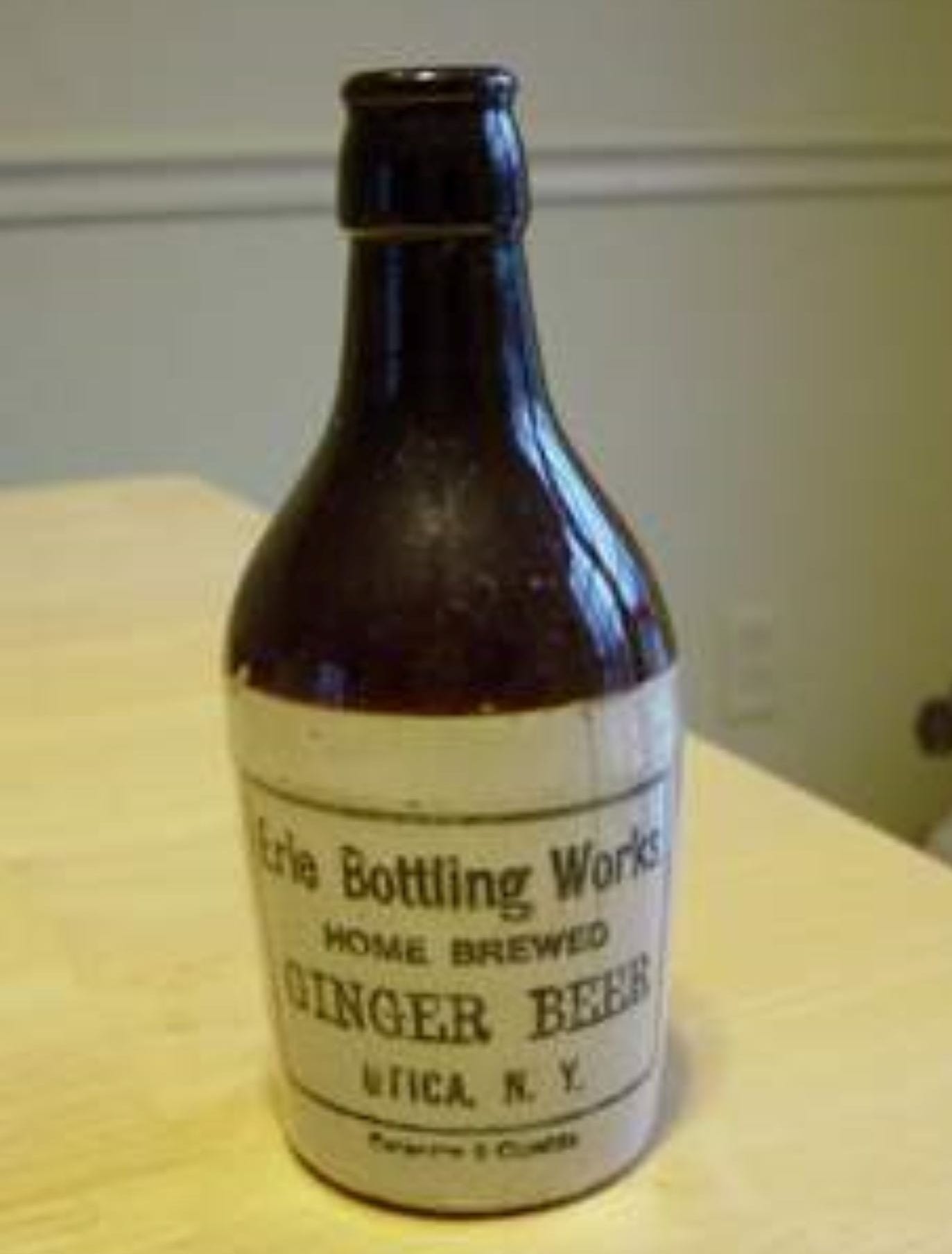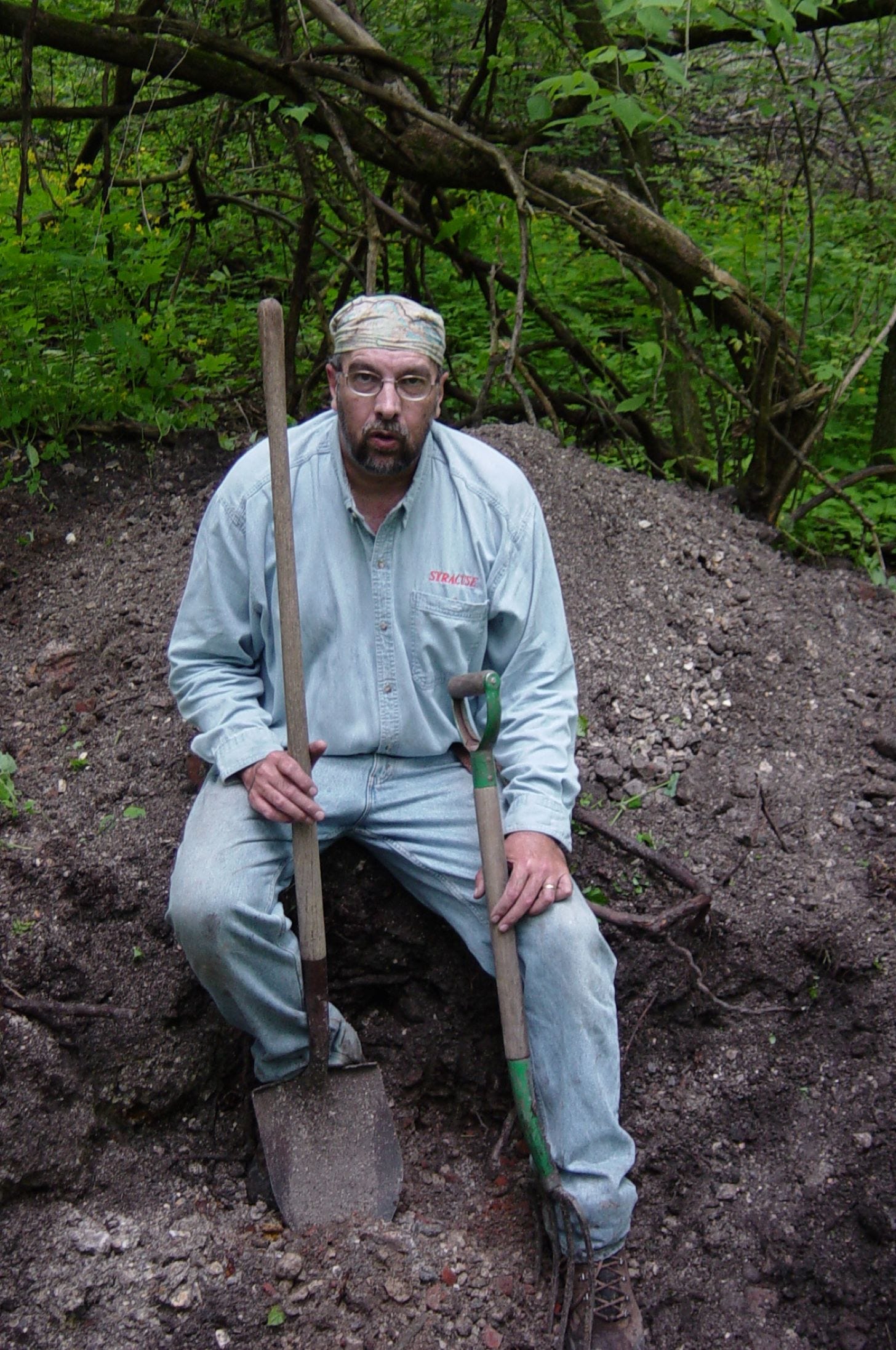If you've visited estate sales, garage sales, auctions, and antique shops, you’ve probably seen many different types of old, colorful bottles.
Old bottles tell an interesting story of history. You can learn a lot by examining them.
The information you can obtain from a bottle's history explains where it was made and what time period it was manufactured. Often, when exploring a new area, I can date the site's age by examining old bottles I find there.
Not only do the old bottles contain a record of history. But many of these relics are worth a lot of money. Some are worth hundreds of dollars and even thousands.
Over the years, I have sold many old bottles that I dug. Old bottles are sold online at eBay, or by having a garage sale. I’ve even sold bottles at flea markets and on Craigslist.
How To Find Old Bottles
Before I explain how to find old bottles, I’ll give a brief history lesson on why old bottles are found in unusual places.
In years past there was no such thing as recycling. Families tossed their used bottles, pottery, or other items in a town dump. Or somewhere on their property. Many times they discarded them into the outhouse, or “privy”.
Walking through the woods, especially in the eastern states, you’ll sometimes see stone-lined large deep holes in the ground. Those empty holes were the cellars for the home that stood on it. Many of those cellar holes date back to the Colonial period of America.
Near those cellar holes is an outhouse. I have found hundreds of old bottles and other items like pottery inside the holes of the outhouse. Another area where old bottles are found is the family dump site.
Besides finding old bottles at privies and old property trash sites, there were local city, village, and town dumps. Those dumps were used for years by residents. Some are still used. But many of the trash dumps are covered over by layers of dirt.
If you see a cellar hole. Or if you know where one is located and you want to find the privy to dig, a metal detector is a must. Always ask for permission from the property owner before you dig.
Outhouses used by those first families are no longer standing. The home that once stood on top of that cellar and the outhouse were destroyed. The wood and any of its structure have been removed. They were removed by recent owners of the property or by the CCC, (Civilian Conservation Corp). The CCC removed any old homes and reforested those areas. This was during President Franklin D. Roosevelt's 1930s “New Deal”. Before the reforestation, the States took over the ownership of the land. I’ll have more regarding the CCC in a future post. But for now, understand that digging or removing any artifact on State Land is against the law.
Using A Metal Detector
The detector will make it easy to locate the trash below the ground. This is the area you want to dig. Without a metal detector, it’s difficult to pinpoint exactly where the outhouse was located. The privies were either on the side of the cellar hole and toward the back of the property. Or they were located behind the cellar. Finding them without a detector is almost impossible.
When the metal detector locates a trashy area it emits constant beeping signals. This means it’s time to begin digging. If you find ash as you dig, that’s a good sign that you located the privy. The family often dumped the ashes from their wood stoves into the outhouse.
Sometimes you can dig down a foot and begin finding relics. Other times you may dig two -to three feet before finding “stuff.”
I’d Be Dead By Now
Okay, time to mention one of the crappy issues people have about digging in an old outhouse.
“OMG, you dig inside outhouse holes? How yucky and disgusting.”
“Are you nuts Frank? No telling what kind of disease is in those holes.”
“No way I would crawl around inside an old outhouse hole. DAMN.”
Those are some of the many comments I received from people about me digging in a privy. I tell them.
“Look, I’ve been doing it for fifty-plus years. If digging in an old crapper is bad. Then how come I’m not walking around with a third eye, or dead from some 1800s infectious disease?”
That statement usually calms them down.
Heck, I never let the fact that I wallow around inside outhouse holes stop me from finding old bottles. Any germs that once infested those holes have long ago died off. You give me an outhouse to dig. And I’ll dig halfway to China to get an old bottle.
The Deeper The Better
Start by carefully scraping away the top portion of the dirt. As you move around scraping away the dirt, you will eventually uncover items. You may start to see broken bottles or pottery. That’s a good sign. Keep scraping away the dirt. Eventually, you will locate bottles, pottery, or other items. Begin to dig. Go slow. Be careful, you do not want to break any bottles or pottery. They can be valuable.
The older items are always the deepest. Trash sites or privies used for years have the newer discarded items toward the top of the hole.
All types of old bottles, pottery, silverware, and household items are found in privies. In addition, items like jewelry and coins can also be found. The jewelry and coins were most likely inside the clothing tossed into the hole. Over the years the clothing material disintegrated. The coins and jewelry were left behind.
Locating The Old Properties Trash
Locating the old property trash sites is much easier. Most trash sites will have pieces of broken pottery and bottles lying on top of the ground. They were often located in the back of the cellar hole. If the property had a hill behind it that is a good sign. The trash may lie at the bottom of the hillside. That’s because it was easier for the family to toss the trash over the hill, to keep it out of sight.
Tools to Use
The best tools for bottle digging are a small trowel and a shovel. Be careful not to break any old bottles or pottery beneath the ground. It’s a good idea to wear gloves. If you cut your hand while digging, broken glass covered with dirt is asking for an infection.
Locate rural town dumps by asking the town's local historian. Or by viewing old town maps.
When digging the old village or town dumps you do not need a metal detector. You can see old broken bottles and bits of pottery shards lying on the ground. Just pick a spot to begin digging. Use the same techniques to dig as I mentioned above.
You can find the history of a dug bottle by searching the Internet. There are also a number of books with pictures that identify old bottles and give their history.
Digging for old bottles is a great way to explore history’s treasures.
Have questions about metal detectors? I’ve been a metal detector dealer for many years. Contact me at - detector99@yahoo.com






